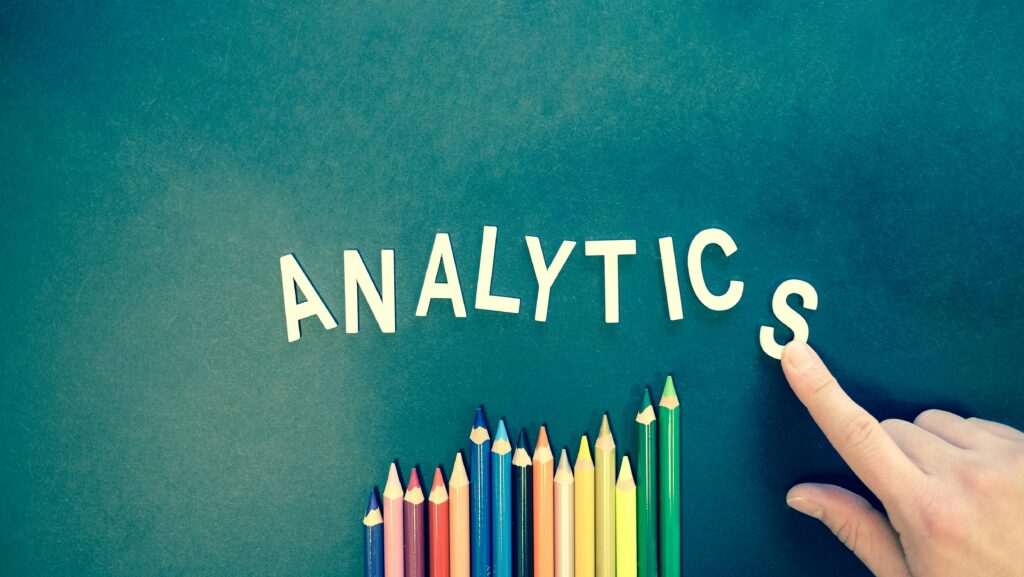Table of Contents
Hello! If you’re going into the marketing world, it’s important to understand the key differences between traditional marketing and digital marketing. These differences can help you decide where and how to focus your efforts. Here are the five key differences:

1. Mode of Communication
- Traditional Marketing: It uses physical channels such as magazines, newspapers, billboards, television, and radio. depends on tangible materials like direct mail, brochures, brochures and flyers.
- Digital Marketing: uses digital channels like email, websites, social media, and search engine platforms. To interact with your audiences, use online advertisements, digital media, and content marketing.
2. Reach and targeting
- Traditional Marketing: This type of marketing usually targets a broad, general audience. Geographic limitations may limit its reach, making it suitable for local or regional campaigns.
- Digital Marketing: It allows for precise targeting based on behavior, demographics, interests, and location. can also reach a global audience instantly, making it effective for both local and international marketing.
3. Budget flexibility and cost
- Traditional Marketing: It often involves higher costs, especially for TV ads, print ads, and large-scale billboards in major publications. Distribution and production can be expensive and time-consuming, too.
- Digital Marketing: It is generally more cost-effective with adjustable budgeting options. Social media campaigns, pay-per-click (PPC) ads, and email marketing can fit various budget sizes and offer a better return on investment (RROI).
4. Measurability and Metrics
- Traditional Marketing: Effectiveness measurement can be difficult and imprecise when it comes to traditional marketing. dependent on estimations and indirect metrics such as surveys and sales figures.
- Digital Marketing: offers precise, detailed data and real-time analytics. Email marketing software, social media insights, and Google Analytics are some of the of the best examples of tools that track important metrics like engagement and conversions.
5. Participation and interaction
- Traditional Marketing: It is strongly one-way communication with limited audience interaction. Consumers passively receive information through media and ads.
- Digital Marketing: High levels of interaction and two-way communication are made possible through digital marketing. Through direct interactions such as likes, shares, comments, and other digital platform interactions, audiences are engaged.
These differences show how the methods and efficacy of traditional and digital marketing are different. Depending on your business goals, you can choose one method over the other, or you can combine both for a comprehensive marketing strategy.
Happy marketing!